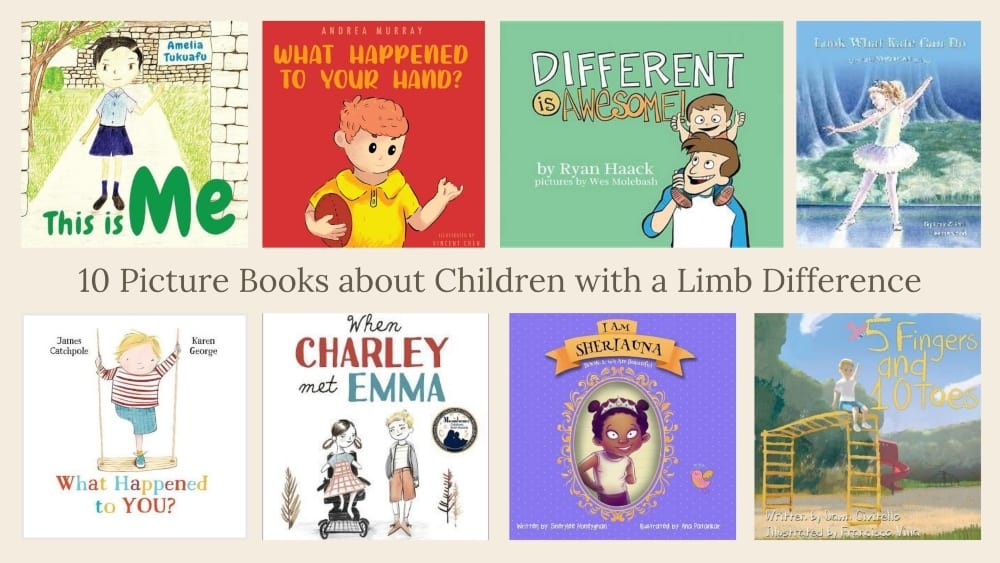
10 books about having a limb difference to share with children
On this page you’ll find some wonderful picture books about children who have a limb difference.
So what is a limb difference?
A limb difference is when one or more of a person’s arms, legs, hands and/or feet are not the same as the standard-issue limbs most people have when they are born.
In the past, people often said things like ‘he has a deformed arm’ or ‘she has a defective hand’ or even ‘he was born with a dodgy foot’. The word ‘disability’ is often still heard too. These days we prefer to say that these people have a ‘limb difference’. It’s a much more respectful way of speaking about a person’s body.
Some people have a limb difference as a result of an accident or surgery however, for many people, their limb difference is congenital; in other words, they were born with their limb difference. This is a subject close to my own heart because I was born with a limb difference which affects my left hand.
Symbrachydactyly: my hand difference
My limb difference is called symbrachydactyly and it’s very rare, occurring only in approximately 0.6 of every 10 000 live births.
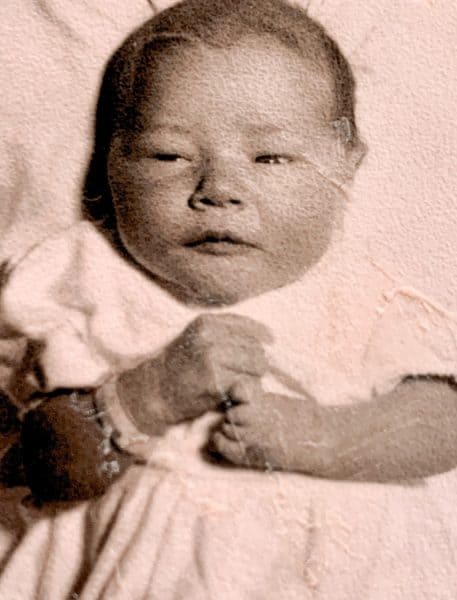 Symbrachydactyly can take a number of different forms and the hand of one person who has the condition might look very different from the hand of another person who also has the condition.
Symbrachydactyly can take a number of different forms and the hand of one person who has the condition might look very different from the hand of another person who also has the condition.
In my case, I have a normal right hand and a normal thumb on my left hand but my left palm is smaller than it would normally be and I have very short, partly-formed fingers which are often referred to as ‘nubbins’.
When I was born in the 1960s (that’s me in the photo), there was almost no knowledge about symbrachydactyly. In fact, the first time I heard the term was when I was in my forties.
Today there are Facebook groups and YouTube videos created to support people with this and other kinds of limb differences and I’m so happy that this kind of support exists. As with any difference, knowing you’re not alone and that your difference is OK is very important. It’s the first step to accepting yourself as a wonderful person, just as you are.
If you have a hand difference – or if you’re the parent of a child with a hand difference – I encourage you to get in touch with The Lucky Fin Project.
Why share books about children with a limb difference?
When I was a child, I had no way of knowing how to talk about my hand, other than to say I was ‘born that way’. I was very uncomfortable with people noticing and asking about it and I know it would have helped me to have some examples of things I might say in response to people’s questions. These picture books can help with that.
I see these picture books as having two purposes.
For children who don’t have a limb difference, the books introduce limb differences, demystify them and promote empathy and understanding. They show children with limb differences doing very much the same things that children without limb differences do and so can help children re-think any preconceived ideas they may have about what people with limb differences can and can’t do.
For children who have a limb difference, first and most importantly the books allow them to see other children like them. This is incredibly important because differences like symbrachydactyly are very rare and children can feel very alone if they never see anyone with a hand like theirs. I’m now 57 and, despite living in a number of other countries and travelling widely, I have never met another person with a hand like mine in real life.
Second, the books show children living happy lives, enjoying a variety of activities and learning different ways to do the things they want to do. This is reassuring and helpful for young children with a hand difference who may have been told – or worried that – there are things they won’t be able to do.
Third, these picture books provide a variety of examples about how a child might want to talk about their limb difference. The children in these books sometimes give playful explanations when asked the inevitable ‘what happened to your hand/arm/leg’ question. Sometimes they explain in detail. And sometimes they choose to say that they don’t want to answer the question. I love that.
For children with a limb difference and for the people they meet, the bottom line is that with knowledge comes understanding. And with understanding comes acceptance. I’m so happy these books exist to help provide this knowledge and support.
10 Books about Children with Limb Differences
You’ll notice that all these books carry very much the same message: that children who have a limb difference can do pretty much anything they want to do and that they have the same interests that other children have.
I hope you and your children enjoy them.
1. When Charley Met Emma
This lovely picture book introduces us to Charley who goes to the playground with his mum and meets Emma who has limb differences and uses a wheelchair. Understandably, Charley doesn’t know how to react at first but he and Emma get talking and soon learn that they enjoy many of the same things. And, as Charley’s mum has always said to him, Charley learns that different isn’t bad, sad or strange; different is just different and it’s ok.
Three really great things in this book stand out for me: the first is how it shows us how Charley feels in his body when he first meets Emma: ‘Charlie had a strange feeling inside his stomach.’ And a bit later: ‘Now Charley’s stomach started to hurt’. It’s really important for children to learn to learn to tune in to how emotions feel in their bodies and it’s great that in this book Charley notices and feels those difficult feelings and then is able to accept them, without letting them dictate his response to Emma.
The second thing I love is how the author focuses on the facial expressions of the characters. She has Charley notice the expression on his mum’s face and on Emma’s face after he loudly asks his mother: ‘why does she look so weird’. Noticing people’s facial expressions and tuning in to how they might be feeling is an important part of developing empathy.
The third thing I really like about this book is Emma’s straightforward explanation about how she doesn’t like to be treated. She says: ‘I also don’t like it when people point, stare, laugh or whisper about me.’
This US publication is one of my favourite picture books about a child with a limb difference.
2. What happened to your hand?
What happened to your hand? is about a little boy called Sam who has symbrachydactyly, the condition that affects my own left hand. The question in the title is the one I’ve been asked all my life.
This book is an Australian publication which follows Sam as he starts school and is asked about his hand by his new classmates. Each time he’s asked in the playground, he gives another imaginative and exciting explanation before his teacher starts a discussion about it in the classroom.
3. Different is Awesome
Different is Awesome is told in the first person by a little boy who brings his older brother, Ryan, to school for Show and Tell. Ryan was born missing his lower left arm and hand and, as his brother explains, has learnt to do everything other people do, although he sometimes does things a bit differently from the way other people do them.
This US book addresses the reactions the little boy’s friends have when they first see Ryan’s limb difference and Ryan’s easygoing acceptance of their surprise and of their not knowing what to say. The children have lots of questions and I love this part because the questions they ask are very much the same ones children ask me when they first see my hand! Ryan answers them all easily and shows that people with limb differences can do almost everything they want to do.
The children asking questions are all different in various ways and the book ends by saying that different is awesome and asking ‘What makes you awesome?’ This is a great conversations starter, whether you’re reading the book at home with your own children or with your students in the classroom.
4. Look What Kate Can Do: One Hand Works as Well as Two
One of the things I love most about Look What Kate Can Do is the title. Language is important and focusing on what people with a limb difference can do – rather than on the few things they may not be able to do – matters.
Kate is seven, American and has an upper limb difference and in this book she tells us in her own words how she feels about growing up with a limb difference, how she answers people’s questions and about all the things she can do. Kate is the granddaughter of the author and illustrator and in this book she demonstrates that people with limb differences are just as capable as other people, even if they may do things a bit differently. The book also showcases some well-known people who have a limb difference and who are successful in their fields.
This book is probably aimed at 4-8-year-olds but is also suitable for sharing with older children.
5. What Happened to You?
This 2021 publication was written by James Catchpole, an English author who has a lower limb difference and uses crutches. He who wrote this book about his own childhood experiences. The story is told in a really lovely, often humorous, way and explores how children are naturally curious and motivated to make sense of the world and how what is their unusual is someone else’s normal.
What Happened to You? is essentially about what it feels like for a child to go into the playground every day when there’s something different about their body. It’s a story about Joe who, like James, has a lower limb difference and uses crutches and who loves playing pirates, while dodging sharks and crocodiles. He likes to have other children to play with but doesn’t like the fact that they are only interested in what happened to his leg. Sick of the ‘what happened to your leg?’ question, Joe simply replies ‘what do you think?’ which leads the children to come up with their own increasingly fanciful explanations. Joe, of course, has heard all this before and just wants to play. After a bit, Simone stops asking questions and starts getting interested in Joe’s game and the other children do the same.
Of all the picture books I’ve reviewed for this post, the illustrations in this 2021 release are the ones I like the most. I also love the fact that the children didn’t need to know what had happened to Joe’s leg to be able to build a connection and start playing together. It’s particularly powerful that we never find out what happened to his leg because that isn’t the most important thing about Joe.
6. Brooklyn’s Lucky Fin
I have to confess that I haven’t actually read this book. I haven’t been able to get a copy of it and I really did want to!
The book is about a little girl who has symbrachydactyly, as I do, and who is determined to do everything just like everyone else. The reference to her ‘lucky fin’ comes from the movie Finding Nemo because Nemo was born with one fin smaller and less-developed than the other.
As with the other books I’ve reviewed, the message of this book is that we are all the same inside, though we all look different and have different challenges, some of which are visible and some which are not so obvious. The wider message is one of love, support and inclusion.
7. 5 Fingers and 10 Toes
This is another book I’ve not read however it was written by the mother of a little boy who has a hand difference and comes to me highly recommended for younger children (perhaps 4-7-year-olds)
Joseph Angelo was born without a left hand and this story follows him as he starts school and encounters the curiosity and stares of other children and adults. The book was written to address and ease the worries which may be felt by children as they encounter new situations and meet new people.
8. Drew is Just Like You
I have to be honest and say I’m not a huge fan of the illustrations in this book. That said, this 2021 publication is actually a great little book for 3-7-year-olds and it does a good job of showing children that the interests they share are much greater and more important than any physical differences between them.
Drew is American and was born with an upper limb difference, missing part of her lower left arm and her left hand. Her mother wrote Drew is Just Like You to show other children that Drew loves to do all the same things they love to do. Written in rhyming verse, we follow Drew as she plays soccer, rides her bike and builds a snowman with her family.
This is an appealing and useful book for children about limb differences, acceptance and inclusion.
9. This is Me
This is Me is a simple, straightforward and very sweet book about a child with a hand difference – symbrachydactyly. And, like other books I’ve reviewed, it addresses the challenges children who have a limb difference can face when they start school. I really like the illustrations in this book and its emphasis on the things the little boy has in common with his classmates.
10. I am Sheriauna
Sheriaua is a young black girl with an upper limb difference – she’s missing her left arm from just below the elbow. I am Sheriauna was written by her mother and the story is told in Sheriauna’s own voice, starting with her birth and going on to explore her visit to a hospital where she was fitted with a prosthetic arm which helps her do certain things. My favourite part of the book is the part where Sheriauna describes how she feels when people stare at her when she’s out in public, at the shops and elsewhere. I think it’s really important for people to understand how that feels for someone who has a limb difference.
Sheriauna is a vibrant, smart, funny little girl with tons of personality and this book does a great job of explaining how it feels to have a limb difference and how children whose bodies are a bit different from most like to be treated.
Over to you
Do you know a child with a limb difference?
Can you recommend one of these books or perhaps another book about children who have a limb difference?
I’d love to hear what you think so drop me a line in the comments.
19 Comments
Submit a Comment
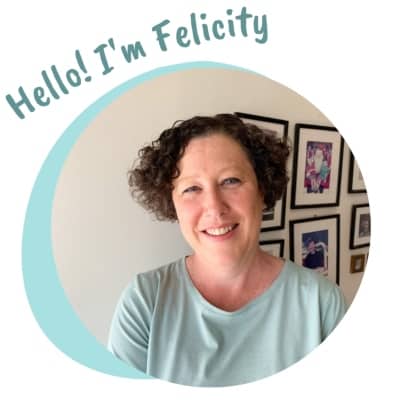
I’m Felicity - a parent to three young humans and a primary school teacher who loves books.
I’m passionate about helping parents discover the joy of reading to their little ones and I love helping you discover quality picture books to share with the babies and small humans in your lives.
I also create gift baskets and Little Book Gifts filled with the very best books for children from newborns to four-year-olds. You can check them out here.
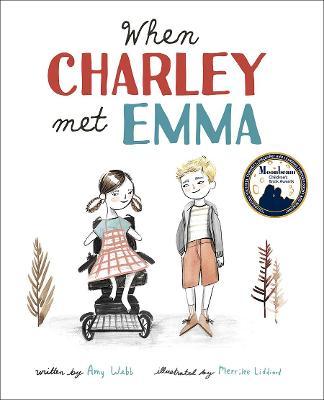
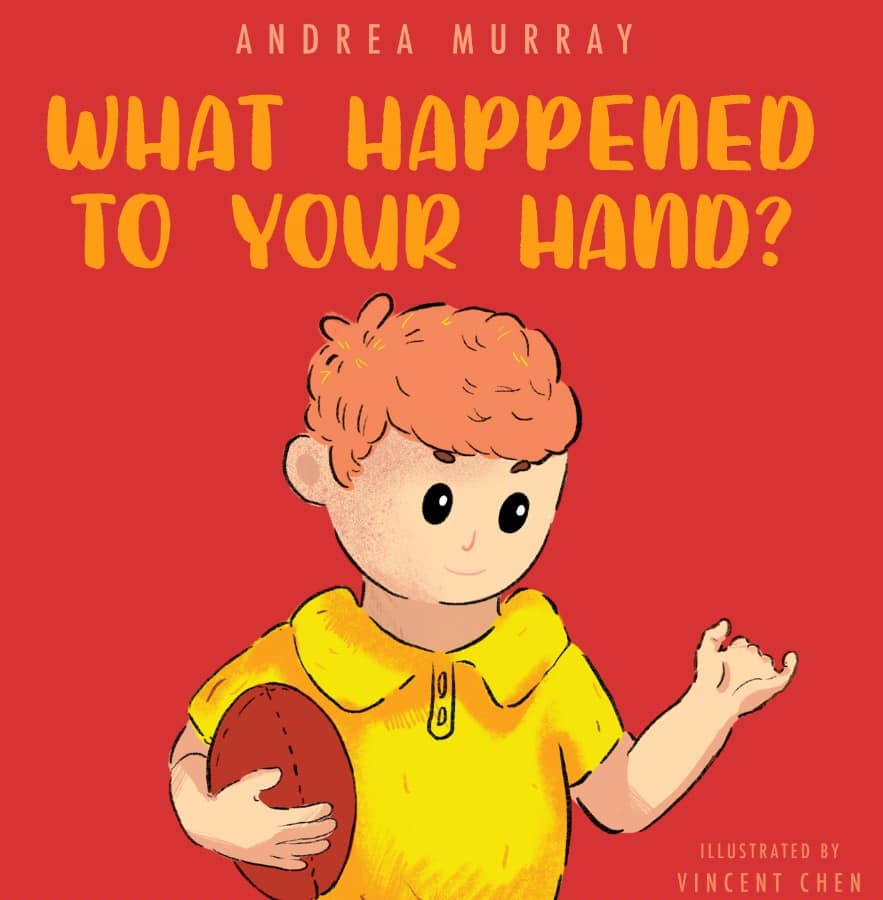
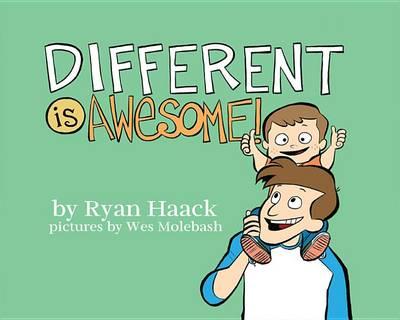
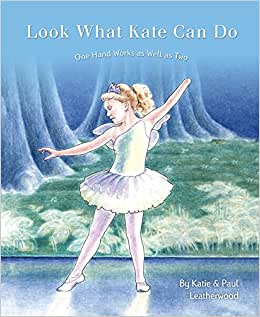
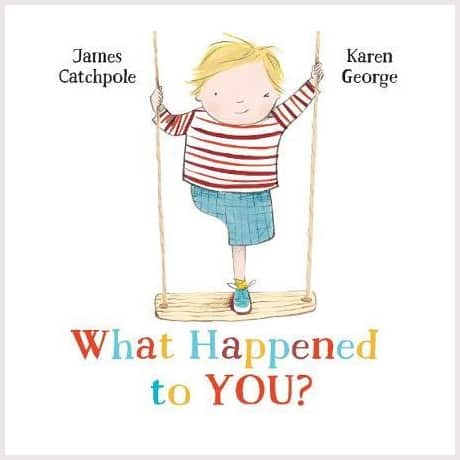
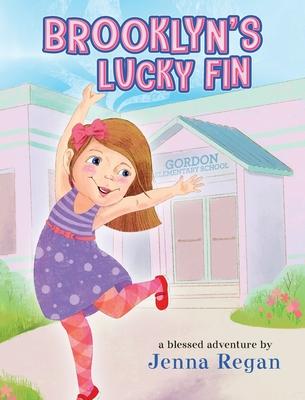
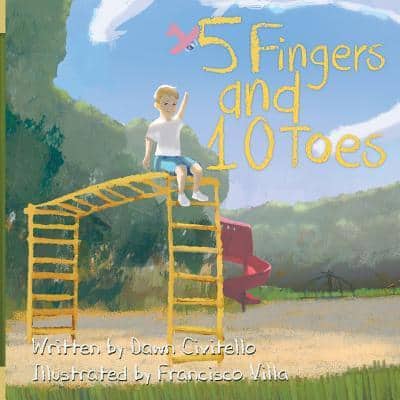
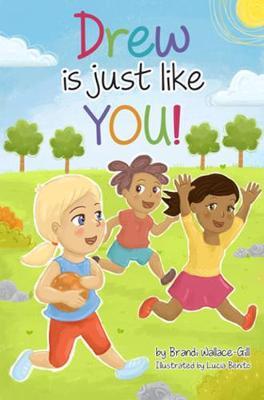
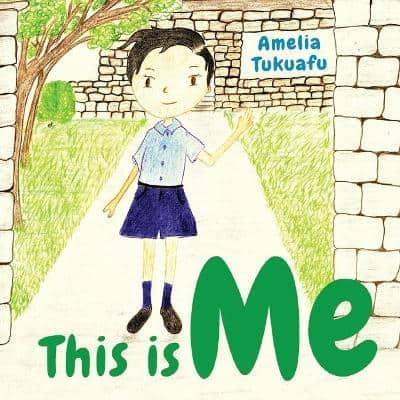
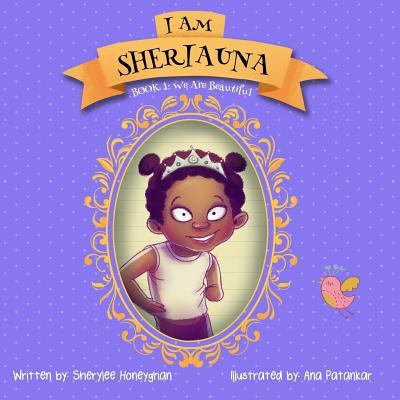
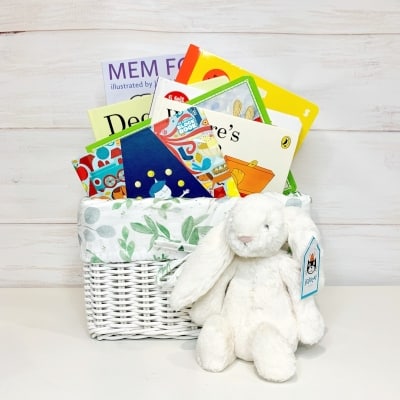
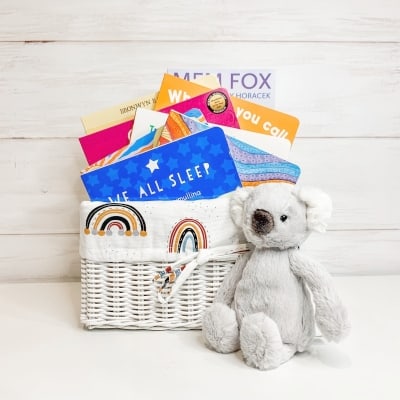

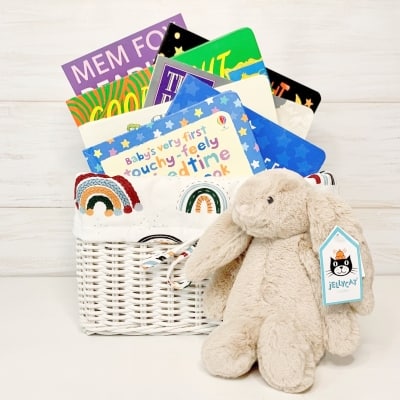
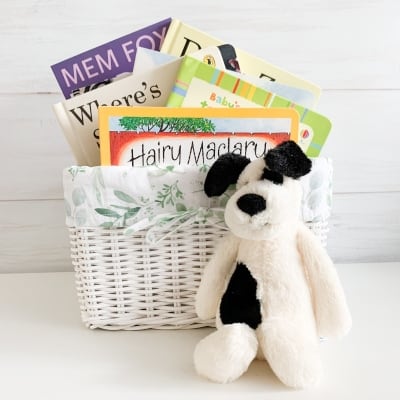
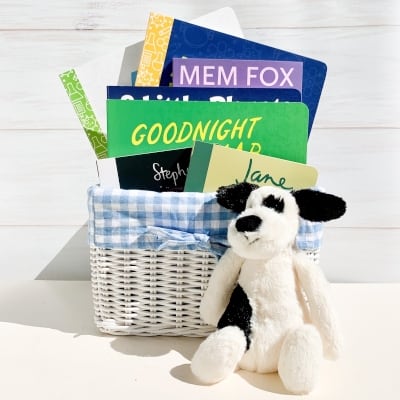
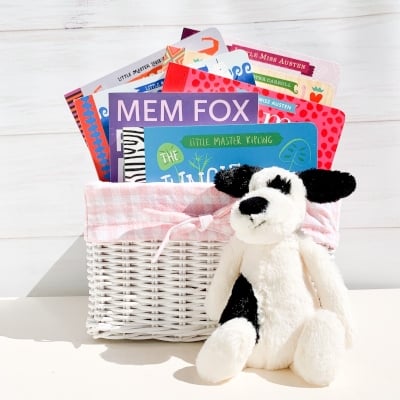
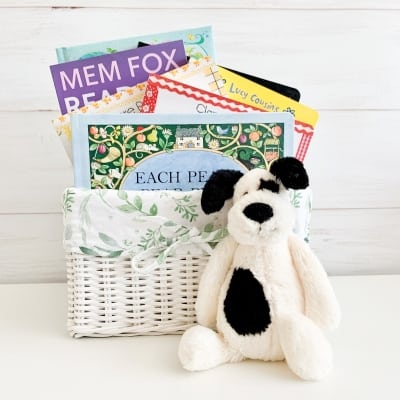
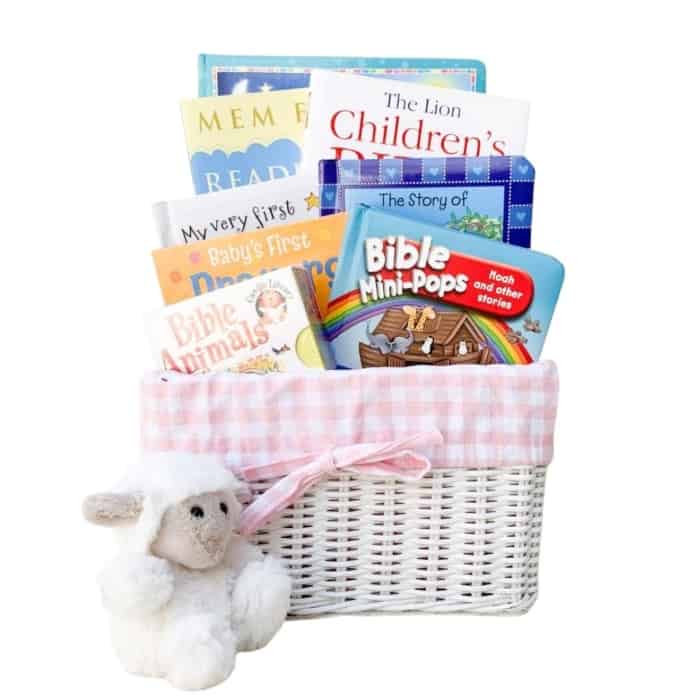
Let me know from where I can buy books for my daughter who has symbrachydactyly. I live in India.
Have you tried Amazon?
Hi Shrey. In the blog post, if you click on the images of the books, you’ll be taken to the Book Depository website where you can buy the books. As Ann said Amazon also has them. One of the books – What happened to your hand? – is not available through Amazon or the Book Depository. The link for that book will take you to an Australian website where you can buy the book if you like. I hope this helps.
My son has ectrodactyly, which is even rarer than symbradactyly, but because it is similar, I get a lot of benefits from symbradactyly support sites. He has 3 digits on each hand and 3 toes on each foot. Most kids don’t notice the difference right away, but when they do, usually think it is cool that he can do so many things they can do, even though it may be different from how they do it.
It’s great to have contact with other people via the internet, isn’t it? I experience the same thing: most people don’t notice! Your son sounds wonderful. 🙂
Thanks for sharing. I have Sym and I’m going to buy a book for my new Grandson to encourage him to be aware
That’s a lovely idea! I am a primary school teacher and sometimes read these books to the children I teach.
Does any one have a brachydactyly book
Hi Emma.
Sorry for the delay in responding. There are a couple of books in this collection that I’ve reviewed which are about children with symbrachydactyly. I’m afraid I don’t know of any books which deal directly with brachydactyly. Would the books about hand differences in general – and the ones about symbrachydactyly – be of any help?
Do you know of any books about radial aplasia with club hand, or club hand? I’ve got some of these, but would love to have one with my little one’s situation.
I don’t know of any books that specifically mention or show a child with radial aplasia with club hand or club hand. But I think all the books on this page would probably be helpful for you to share with your child as they all focus on the fact that children with a hand difference are not defined by that difference – they’re just like other kids and can do pretty much all the things other kids can do. ‘What Happened to your Hand?’ and ‘What Happened to You? (which is about a boy with a leg difference) are about the questions anyone with a limb difference faces so they might be good ones to start with. I hope this helps. Sending hugs and best wishes to you and your little one.
I am looking for a children’s book, featuring a child with no arms but uses their feet
I’m afraid that I don’t know of one. I’ll keep looking and let you know if I find anything.
I just wished there were more books about limb differences. especially for Tween girls whom have to go through being bullied at school and nothing is really being done about it even after talking to the teachers and Principal!! Grr. so frustrating for the parents and heart breaking for them also.
Oh, wow. I’m so sorry to hear this. I guess the only thing you can do is build your daughter up and help her work out ways to respond or to deal with it. I wasn’t bullied at school but definitely didn’t deal well with being treated differently because of my hand difference. I wish my parents had been able to support me and help me work out how to respond. As a teacher, I’m especially sorry to hear the teachers aren’t responsive. I’d hope that they would talk to the other children – the ones who aren’t doing the bullying – about how it makes your daughter feel and things they might say to stand up for her. And, yes, some books for older children about the experience of having a limb difference would be good. Sending love and hugs to you and your daughter.X
Hi Sharyn. I found a book which you might like to have a look at. It’s for children with a reading age of about 9-13 years. Here’s the link: https://www.bornjustright.org/born-just-right-the-book/ I hope it’s helpful.X
Hi again, Sharyn. This website has some great resources, including this page that you might find helpful for when your daughter starts high school: https://aussiehands.org/resource-toolkit/starting-school-participating-in-activities/
Oh man, I’m so disappointed that there’s only 1 book in the list that deals with lower limb differences 🙁 Do you know of any other? My son is missing a foot.
Hi there. No, I’m afraid I don’t. Will do some sleuthing and see what I can find, though. James Catchpole’s book is very good.